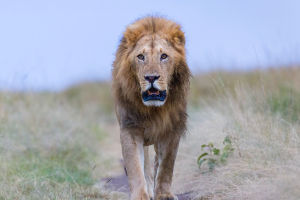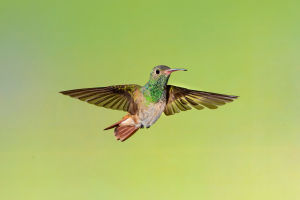Greetings, Lykkers! Today, we delve into the fascinating world of dragonflies, those mesmerizing creatures that dart across water bodies with grace and agility.
This guide is your gateway to understanding dragonflies better and knowing how to appreciate these ancient and symbolic creatures responsibly.
Introduction to Dragonflies
Dragonflies, belonging to the order Odonata, are not only wonders of nature's design but also pivotal in the ecosystems they inhabit. Recognized by their elongated bodies, two pairs of strong transparent wings, and large, multifaceted eyes, they catch the attention of any onlooker. There are over 3,000 species of dragonflies across the world, each adapted to a wide range of environments but commonly found near water sources.
The Role of Dragonflies in Nature
Dragonflies are formidable hunters. They consume an abundance of harmful insects, which helps control populations of mosquitoes and other pests. This makes them a natural benefit in maintaining the balance of ecosystems. Observing them can be a fascinating endeavor; their aerial acrobatics are unmatched in the insect world, often described as poetry in motion.
Observing Dragonflies Responsibly
While dragonflies are not pets in the traditional sense, they are a favorite among nature photographers and enthusiasts. If you're planning to observe these creatures, consider visiting natural reserves or parks where they are known to thrive. Equipment like a good pair of binoculars or a camera with a macro lens can enhance your experience, allowing you to appreciate their intricate details and vivid colors without disturbing their natural behavior.
Participating in Conservation Efforts
Dragonflies are indicators of environmental health, making their conservation crucial. Participating in or supporting conservation programs that focus on preserving aquatic habitats can contribute significantly to the survival of dragonflies. Organizations like the Dragonfly Society promote awareness and action towards the preservation of these species.
Fun Facts About Dragonflies
Here are some enthralling tidbits about dragonflies:
Dragonflies can fly straight up and down, hover like a helicopter, and even mate mid-air.
They have a lifespan of several months to several years, but most of this time is spent in the larval stage.
The largest fossil dragonfly had a wingspan of approximately two feet, hinting at prehistoric times when higher oxygen levels supported larger insect sizes.
Where to See Dragonflies
Some of the best places to observe dragonflies are natural wetlands, lakes, and ponds. Protected areas, where conservation efforts are ongoing, often offer guided tours that focus on the fascinating world of dragonflies and other aquatic life.
Final thoughts
For our Lykkers who are nature aficionados or aspiring conservationists, embracing the world of dragonflies opens up a spectrum of learning and environmental stewardship opportunities. By understanding and respecting these agile insects, we contribute to preserving the delicate balance of our ecosystems.
Whether through observation, photography, or active conservation, engaging with the world of dragonflies is sure to enrich your understanding of nature's interconnectedness.


